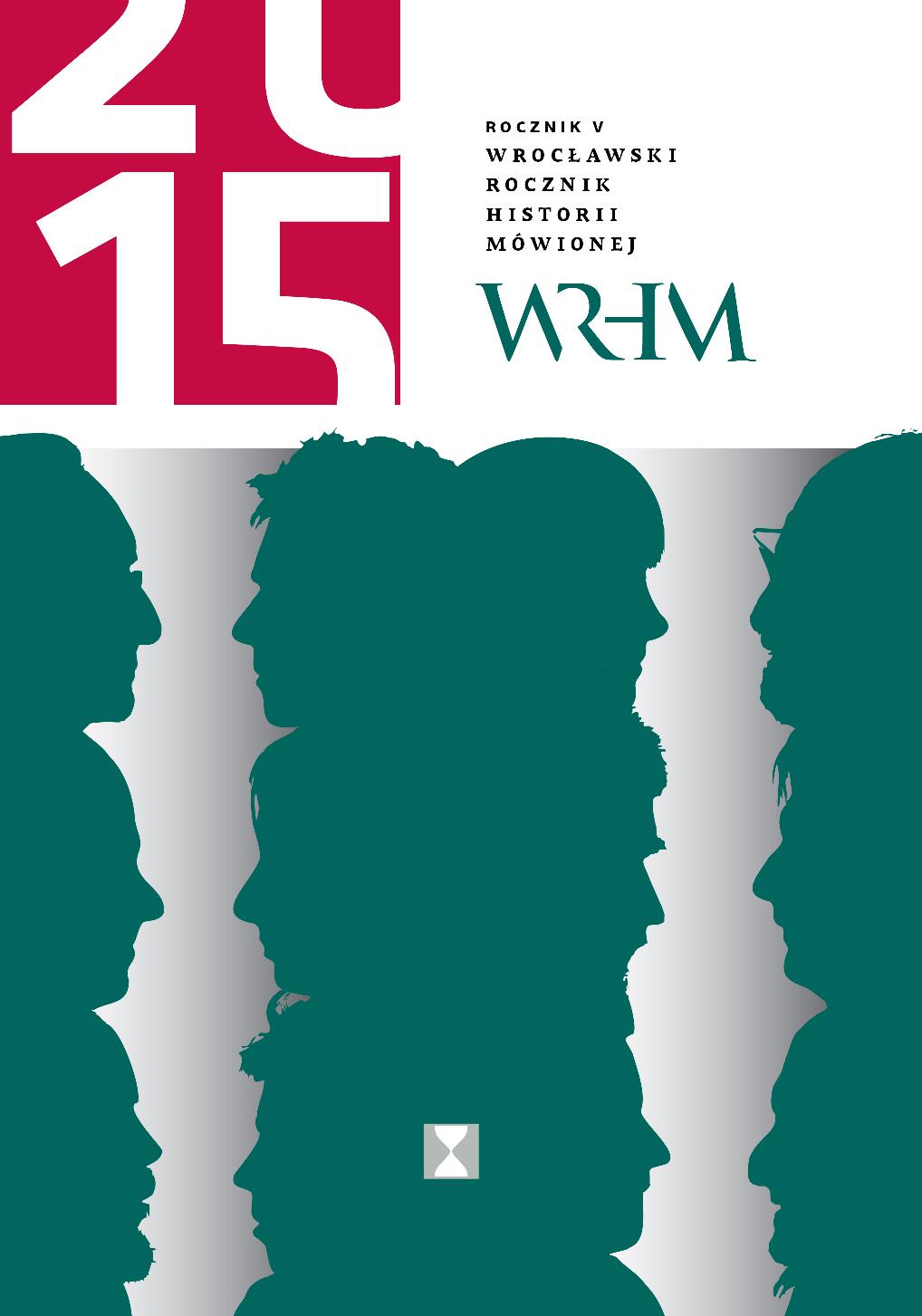
We kindly inform you that, as long as the subject affiliation of our 300.000+ articles is in progress, you might get unsufficient or no results on your third level or second level search. In this case, please broaden your search criteria.

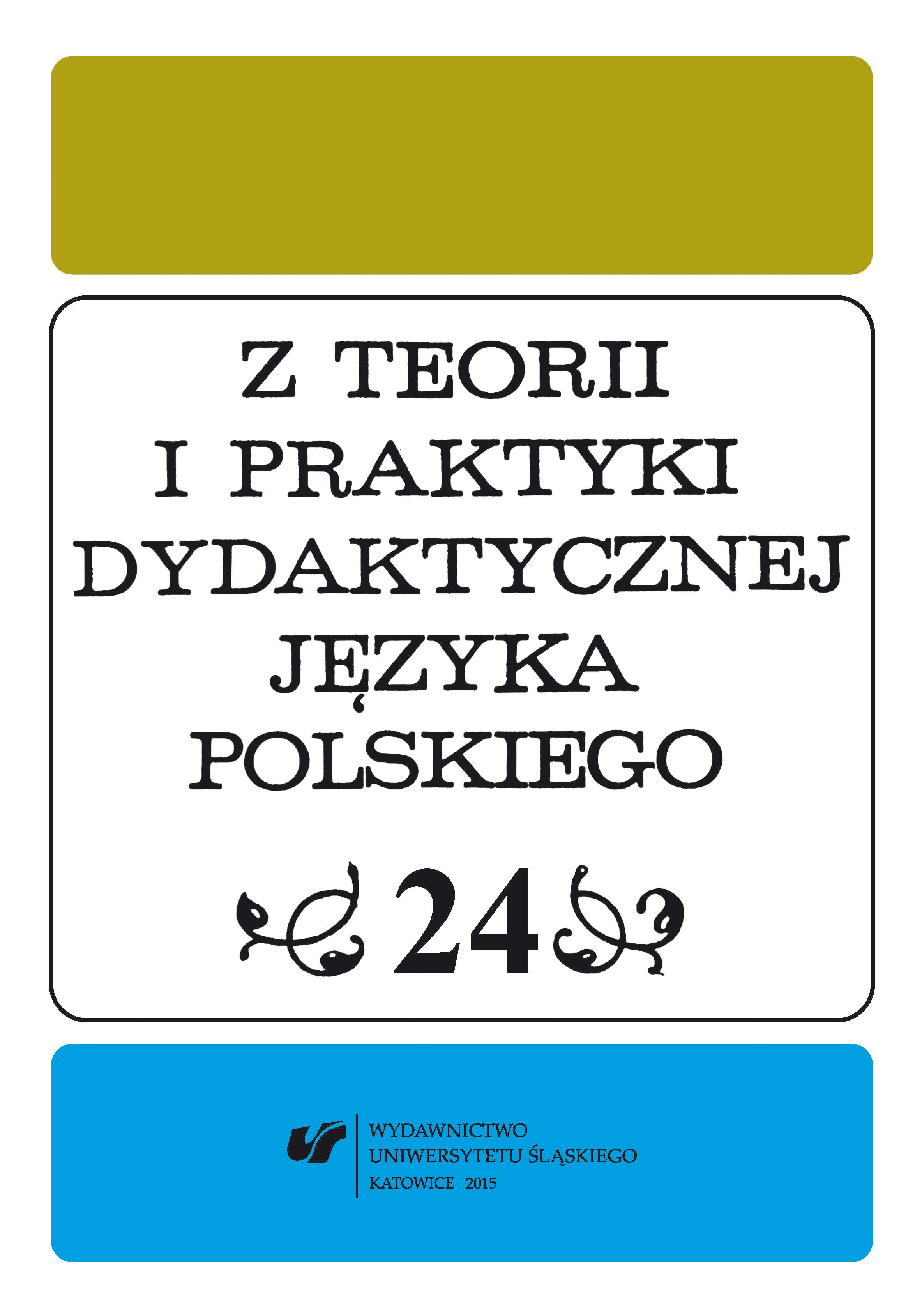
The works created in a German concentration camp by Gustaw Morcinek — an author well-known to literary circles and present at schools or in academic perception (though today almost forgotten), and recognizable to the Polish readers thanks to “Łysek z pokładu Idy” (“Baldie from Ida Coal Seam”) and “Wyrąbany chodnik” (“Clear Drift”) — prove that the problems shown in them are still of utmost importance. “Judasz z Monte Sicuro” (“Judas of Monte Sicuro”) — a novel by Gustaw Morcinek, on which this article focuses, gives an honest picture of traumatic wartime experiences, devoid of simplifications and distortions. It may become an important commentary on short stories by Tadeusz Borowski and “The Tin Drum” by Gunter Grass. Regardless of these works’ genesis, the attitudes of their protagonists are similar: they follow a subjective hierarchy of values, rejecting moral norms, and — repeatedly — causing conflicts with their surroundings. In school practice, “Judasz z Monte Sicuro” can be considered a significant work from both the historical and literary perspectives. It constitutes a record created by an eye-witness and chronicler of other people’s observations, and at the same time, it is an original work, written in simple language, unfettered by any rigid principles of the genre, and thus attracting attention with its authenticity and frankness. In school environment, reading “Judasz…” — which is appropriate in accordance with the core curriculum approved by the Ministry of Education — can bring a variety of interesting effects. One needs to remember that literature in secondary schools is primarily an event, whose content is unpredictable, diverse and complicated.
More...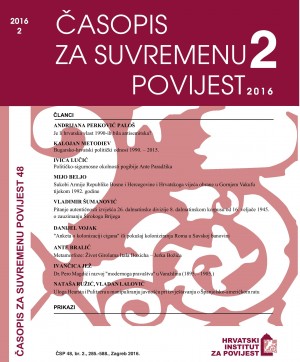
The main goal of this paper is to discuss whether the first President of the Republic of Croatia Franjo Tuđman and the Croatian leadership in the 1990s were anti-Semitic. The minimization of the number of Holocaust victims and Holocaust denial, which includes statements that the Holocaust was a myth or a hoax produced by the Jews, are considered to be driven by anti-Semitism. These theories were present in historiography and later in politics. The outburst of political anti-Semitism, according to Western historians, can be found in Eastern Bloc countries after the collapse of their communist regimes. Croatia began its journey towards democracy and independence within this framework. Even before he became Croatian president, Tuđman was a controversial person due to his book Horrors of War: Historical Reality and Philosophy, which some circles described as anti-Semitic. Some of his statements were misinterpreted and his policy of national reconciliation, which meant ironing out the half-century-old political divisions between the Croats, was perceived as the rehabilitation of the Ustasha regime and its Independent State of Croatia (NDH), which carried out genocide against the Serbs, the Jews, and the Roma during World War II. Such widespread perception, supported by Serbian propaganda, prolonged the establishment of the diplomatic relations between the Republic of Croatia and the State of Israel until 1997. The relations between the Croatian leadership, Croatian people in general, and the Jewish community in Croatia in the 1990s were, however, very positive. Some established members of the Jewish community held high-ranking positions in the Croatian leadership. An appeal made by Nenad Porges, president of the Jewish community of Zagreb, to all the Jews in the world, in which he claimed that the Croatian Government was not anti-Semitic, proves the stability of those relations and the support of the Jewish community to Croatia during the Greater-Serbian aggression.
More...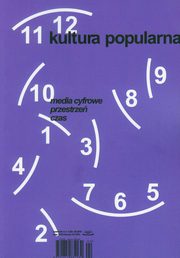
After the long period of intentional silence surrounding the subject of the Holocaust survivors in the official discourse of Israel, more and more often the Holocaust served as a justification for the Israeli military activity as well as it became a central element shaping the national identity of the Israeli Jews. This situation is directly reflected in the texts of Israeli mass culture but also has been widely criticized with the use of tools it offers. The main objective of the article is to give a brief overview of the history of this dual relationship between Israeli pop culture and the Holocaust memory, as well as to explain the special status it has in Israel from the first decades of the state’s existence until the period of an extensive presence of the topic of Holocaust memory in various kinds of popular media.
More...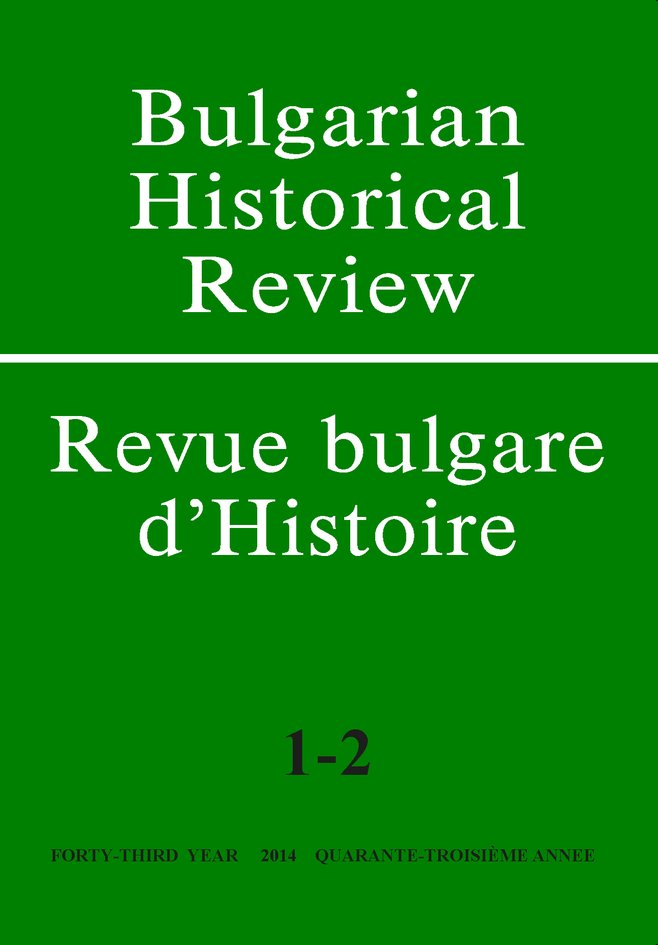
Soon after the collapse of communism in Romania the period of the Second World War became the focus of heated debates with two intertwined issues related to it, namely – the personality of the wartime leader Marshal Ion Antonescu and the topic of the Holocaust. The article traces the emergence and evolution of these debates, while also paying attention to the way in which the European and Euro-Atlantic perspective of the country affected the memory of these particular issues. It comes to the conclusion that the memory of the Second World War was somehow “negotiated” and suited to fit the present-day necessities of post-communist Romania and raises doubts whether the outside pressure on Romania’s revisiting this dark chapter of its history wasn’t in a way counterproductive, leaving the possibility of the existence of two parallel versions of the past – one for internal and one for external use.
More...
The aim of the communication is to present the different manners utilized in contemporary Bulgaria for facing the painful problem of the participation of Bulgarian authorities in the deportation of the Jews from Thrace and Macedonia during World War II. On the basis of examples from the historiography, textbooks, literature, cinema, museums, memorials and public debate are discussed the difficulties in the construction of one common and indivisible memory on events connected to the theme of responsibility and guilt, throwing the long shadow of the past on the actuality.
More...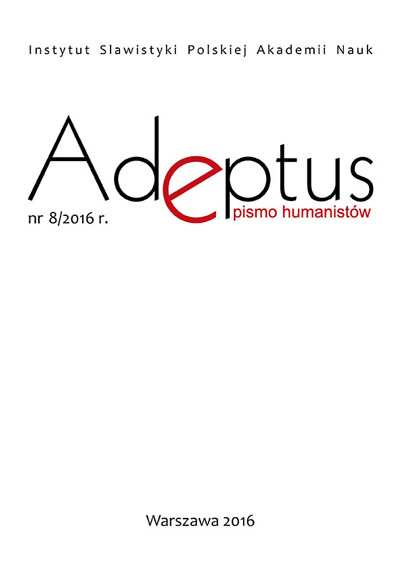
The goal of this article is to examine how different events and phenomena related to the Second World War and the Holocaust are framed via Wikipedia articles written in Polish, Hebrew and English. Departing from the pillars of the theory of framing in mass media, the article conducts a content analysis of three articles, in three different languages. The articles under analysis are the following: “Auschwitz-Birkenau Camp”, “The Pogrom in Jedwabne”, and “Righteous Among the Nations”. The analysis will use the four roles of frames as categories, determined by Entman: definition of the problem/phenomenon, causal interpretation, moral evaluation, and treatment recommendation. Analyzing how the articles fulfill each of the roles in the different languages, the research hypothesis is that the framing of the phenomena will differ between the versions, and each version will follow pillars of the collective memory of the Holocaust in its respective country. Findings, however, are not in complete compliance with this hypothesis.
More...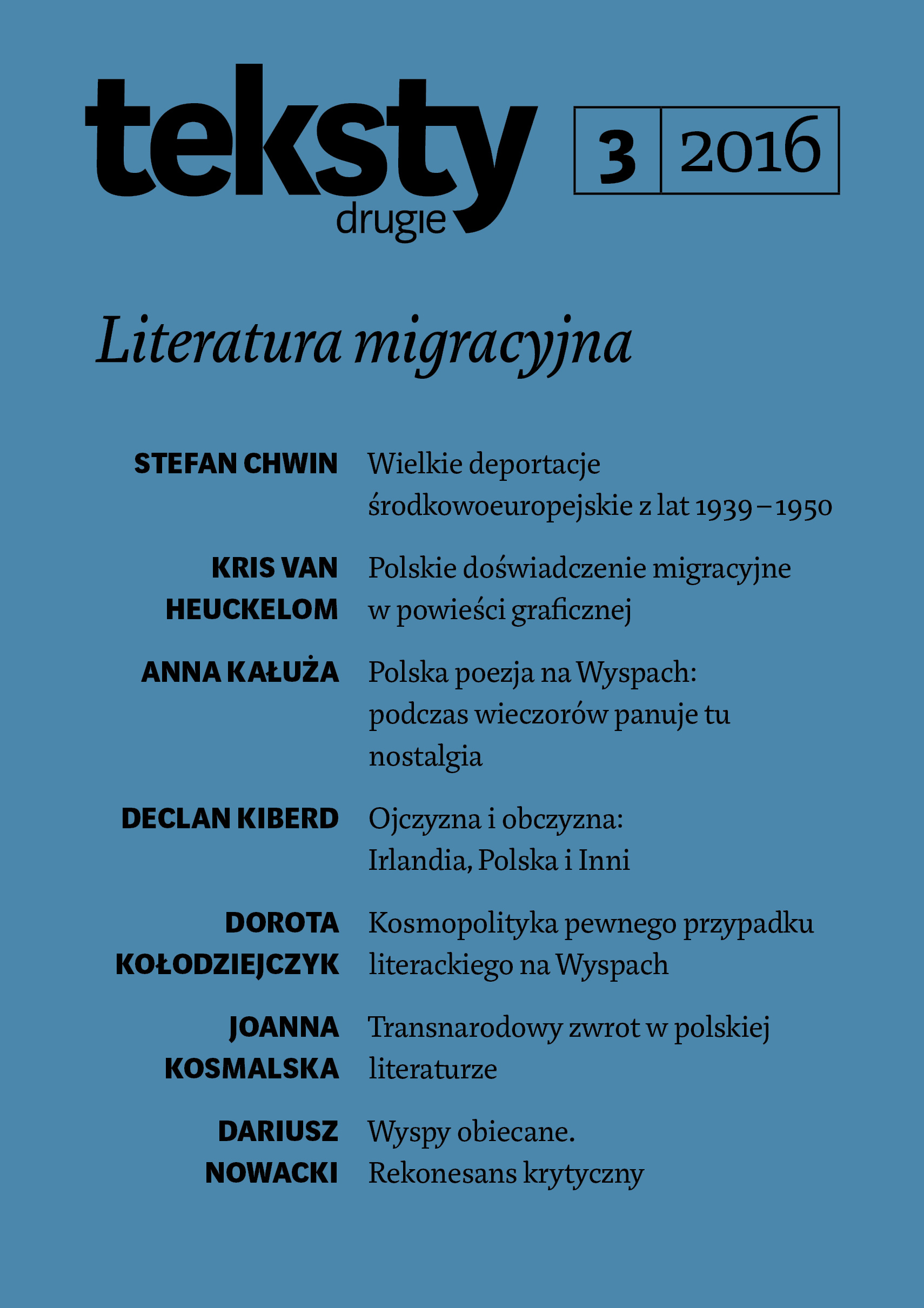
This article focuses on the basic question of what axiological perspectives are found in Polish and German deportation narratives from the second half of the twentieth century. Chwin also asks what kinds of axiological challenges mass deportation and expulsion has posed (and still poses) for literature. Numerous writers and chroniclers – witnesses as well as participants – have tackled the issue, and their writings continue to be published in Poland and in Germany. Chwin presents a preliminary typology of axiological perspectives that give direction to narratives of deportation in Polish and German literature of the second half of the twentieth century and the beginning of the twenty-first. He isolates the following basic perspectives: 1. the Nemmersdorf axiology, 2. the axiology of biographical recapitulation, 3. the axiology of deportation and of the ‘ideological fatherland’, 4. the axiology of historical recapitulation of deportation and 5. the axiology of ‘alternative history’. The article passes over the axiology of reconciliation in Polish literature after 1989 – a topic that deserves a separate study.
More...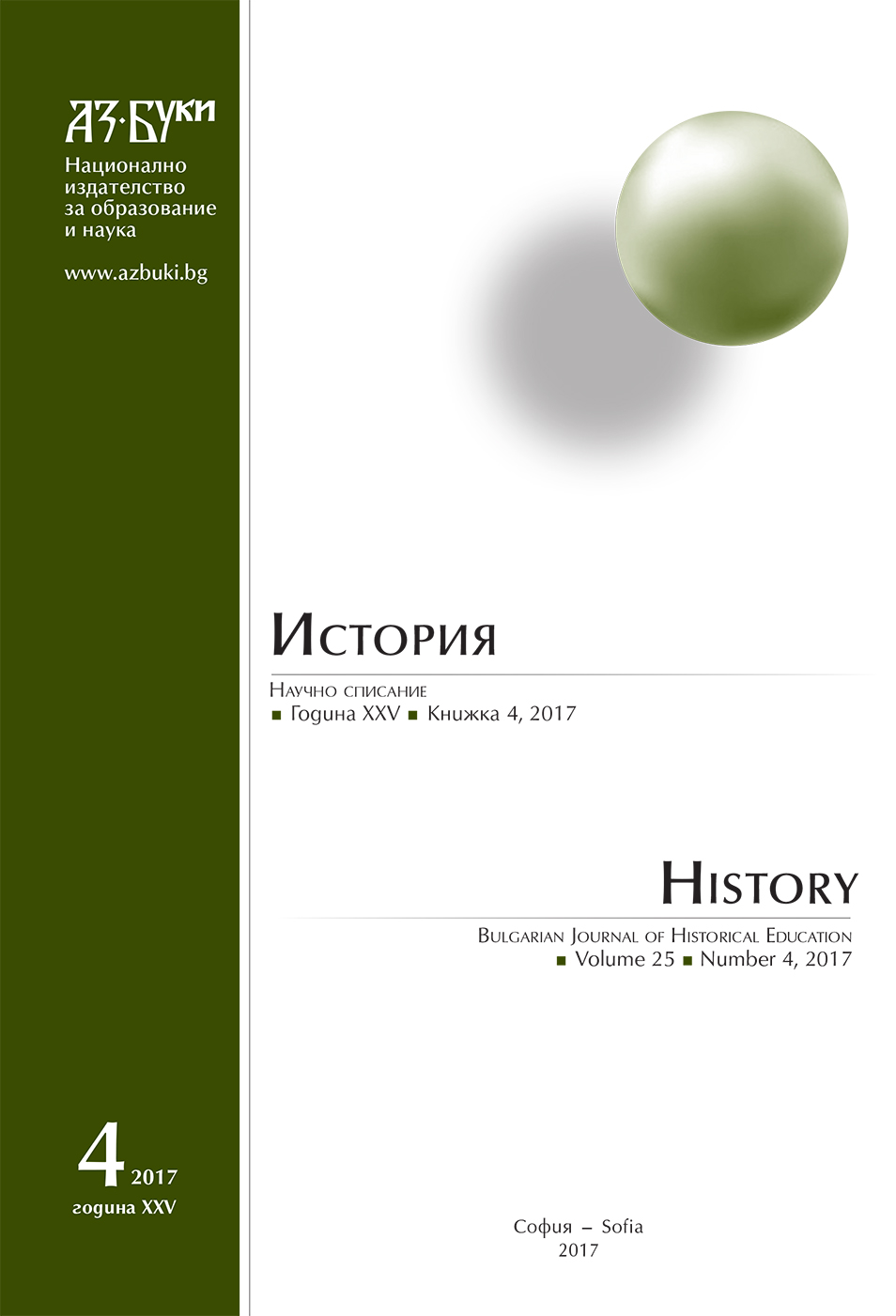
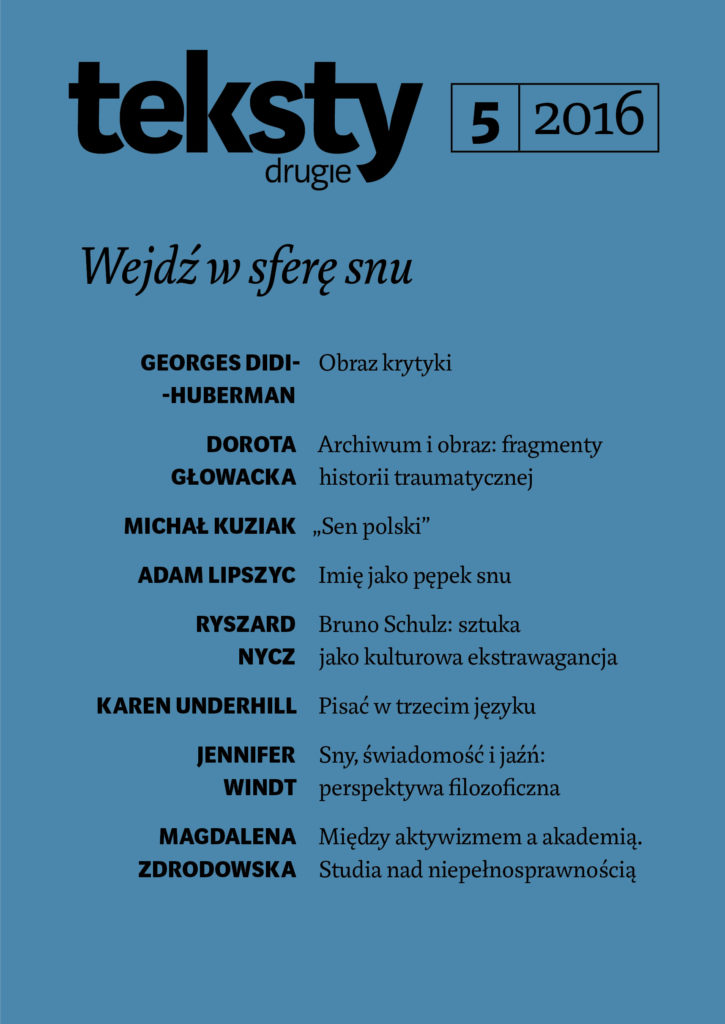
The anthropological image of criticism (the image of the individual filtering truth from untruth) focuses on the power and meaning of the gesture, which seems more essential than merely ‘conceptual’ philosophical categories. Negative dialectics proposes a new definition of criticism: in view of the catastrophes of the twentieth century we need a vision of criticism that makes it possible to voice our despair and to create a ‘sad science’ in the place of Nietzsche’s ‘gay science’. To make this possible we must draw on the imagination and the image, for it is images that are brittle enough to elude the totalizing power of conceptualization and at the same time strong enough to become agents of criticism.
More...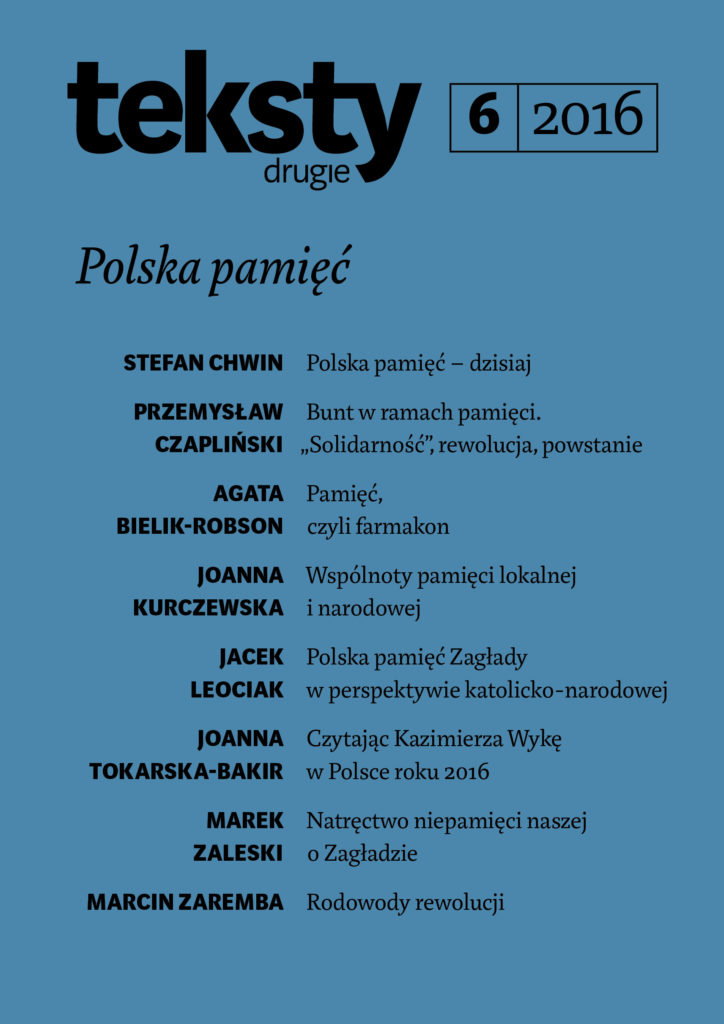
Bilewicz applies notions borrowed from the psychology of emotions to understand collective (im)memory in Poland, with a particular focus on defensive reactions to new historical data on Poles’ negative behaviour. Based on James Gross’ concept of emotion regulation, Bilewicz elaborates a model of downregulating collective moral emotions (such as guilt and shame). He then applies this model to the debate on the Jedwabne pogrom. He also outlines systematic social psychological studies that support his proposed emotion downregulation model. The article concludes with a discussion of alternative ways of presenting negative history – ways that overcome those defensive emotion regulatory processes.
More...
The Jewish Holocaust has a special place in Polish discourses on memory. It would be hard to overestimate its importance in constructing a model of Polish identity. But Leociak points out a weakness in Polish Holocaust memory – one that appears especially in narratives about saving Jews. The rhetoric, poetics and metaphors of these discourses – both private and public – are astonishingly durable, given the changing political context. This article is a preliminary exploration of a certain type of Polish discourse on Holocaust memory, one that has a long tradition but is now gaining prominence. It could be described as a Catholic-national discourse, where both elements have equal weight, affirming its rootedness in the ideology of the prewar Catholic National Democracy formation (also known as ND or ‘Endecja’).
More...
Zaremba demonstrates how insurrections and revolts were commemorated in the 1970s, how those traditions were reproduced, and who remembered them. The article begins with a description of the events of December 1970, which would become important reference points for ideas on oppositional activism. Discussing the Poles’ collective memory of March 1968 and October 1956, Zaremba emphasizes the significance of World War II: a code of resistance and cooperation has emerged as a long-term consequence, resounding most clearly and most frequently in the myth of the Warsaw Uprising. The article concludes with a discussion of what Adam Mickiewicz called książki zbójeckie (robbers’ books) – a term Zaremba applies to writers such as Bohdan Cywiński, Andrzej Kijowski and Marian Brandys. They were robbers’ books because they altered the atmosphere of public life in the 1970s, reclaiming memories of political thought that had no official place in the Polish People’s Republic.
More...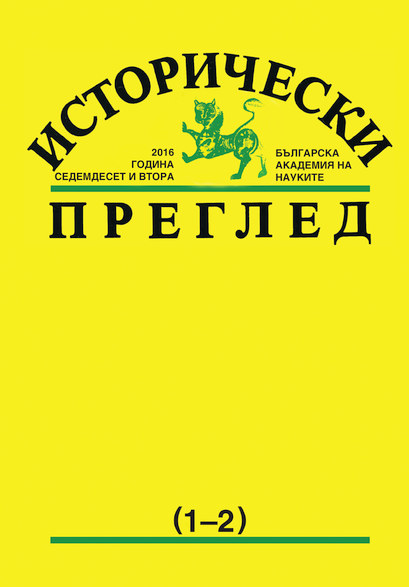
Bulgaria and Slovakia, as well as their diplomatic, military and political, economic and cultural relations are an integral part of the history of the Southeast Europe during the Second World War. The two countries and their relations are experiencing strong influence of a complex set of factors in the arbitration and the dominant role of German policy. German plans for world domination and a new order in Europe affect almost all aspects in the old continent life – state, international relations, economics, coexistence of different ethnical communities that are historically formed. In Central and Southeast Europe German policy led to the formation of a mosaic of allied, semi-independent and satellite regimes of Germany, on whose development and relations, it continues to affect the entire period of the war. The study of the relations between Bulgaria and Slovakia – bilateral and after the accession of both countries to the Tripartite Pact – allied, gives new perspectives on major events and developments in the war, but especially to the national-territorial problems in Central and Southeast Europe and attempts for their solving during the war years.
More...
The article traces the development of German historiography after the Second World War until the 1980s on the problems of the politics of Nazi Germany. In this connection, the main concepts of the nature and objectives of German policy in Southeast Europe have been considered.
More...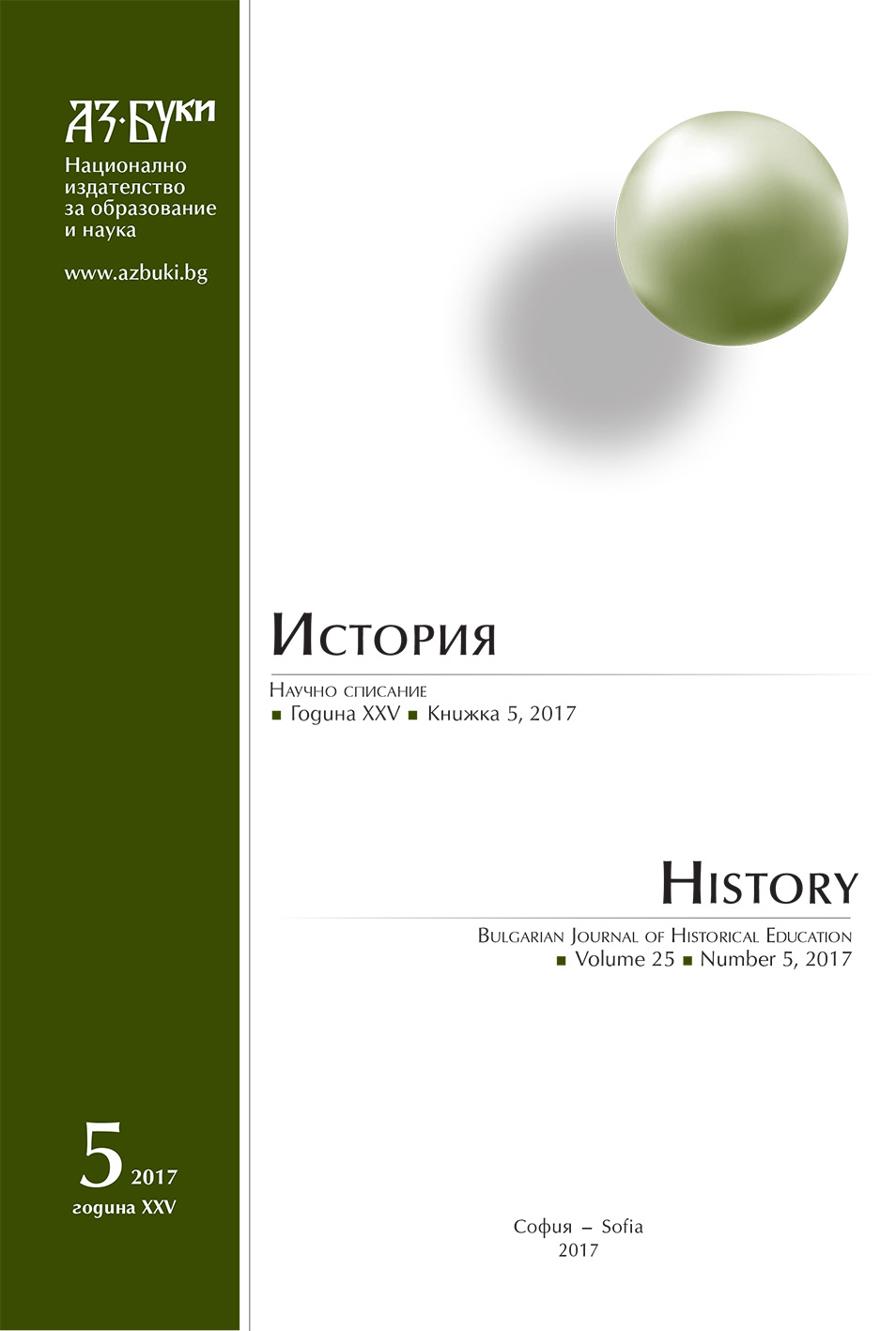
The article presents one of the tragic stories that took place during the World War II in occupied Poland. It describes the fate of one rural family playing an important role in Markova and its surroundings by engaging it in various public initiatives. The article describes the situation in occupied Markova, the chronology of the crime against Jews and Poles, the efforts to punish the perpetrators, and the actions aimed at perpetuating the heroic life and death of the Ulma family.
More...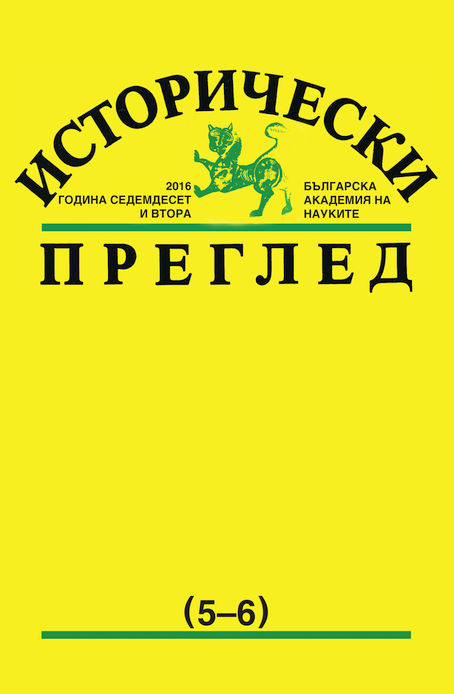
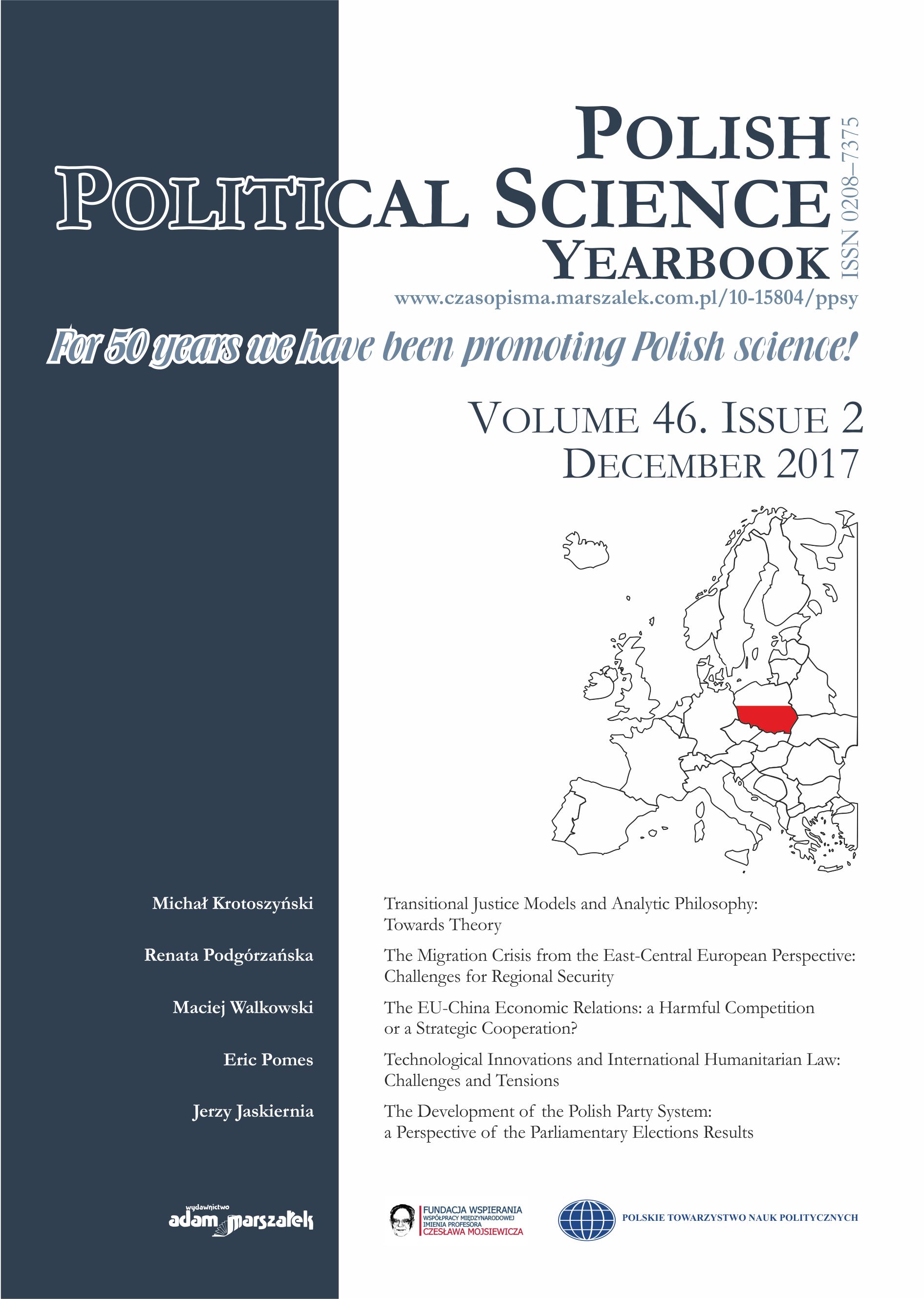
Germany is an example of a country which has been implementing transitional justice for decades and is still active in this field. What is more, contemporary Germans have recently come to terms with their not-so-distant past and their negligence in this area by showing the falsehood, backwardness, and injustice as negative foundations of the young Federal Republic. This article evokes the person of Fritz Bauer, the prosecutor in the state of Hessen. His struggle for human dignity and the memory of his achievements after his death exemplify an accomplished case of transitional justice and the memory of it. During his lifetime he contributed to bringing to trial numerous Nazi criminals, even at the cost of habitual threats and disregard. Forgotten for a few decades, Bauer and his legacy have been recently rediscovered and studied. Eventually, Bauer became a movie character and was finally brought back to the collective memory of Germans. The belated, but a well-deserved wave of popularity of Fritz Bauer in the German culture memory proves that reflections on the transitional justice are still topical and important.
More...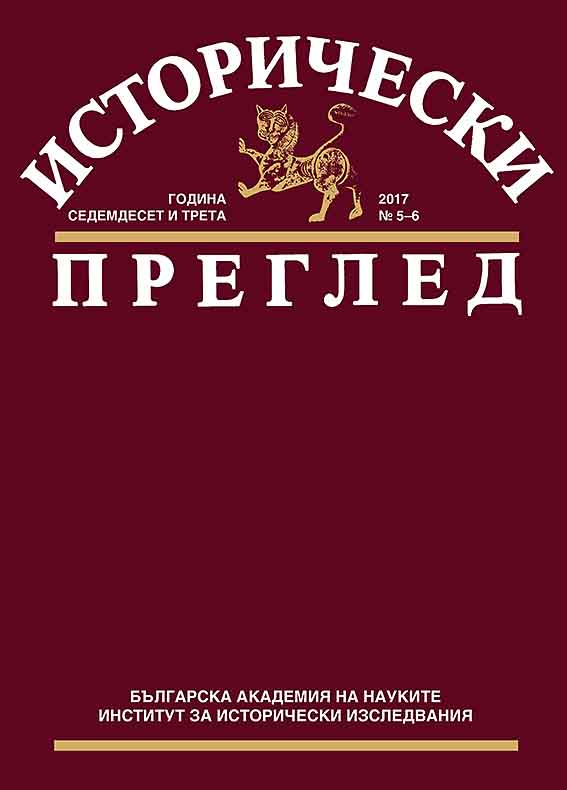
Under direct German influence, anti-Semitism and racism were imposed as a state ideology and policy in the Independent State of Croatia during the Second World War, and thousands of Jews became victims of that. The lack of political opposition in the country turns the Catholic Church in the only opponent and corrective of the Holocaust. Since it could not protect all Jews whose destiny was decided in Berlin, not in Zagreb, the only realistic program of action of the Catholic Church was to at least champion for the Jews of mixed marriages, those who had adopted Catholicism, the children, the elderly people and others. As a result, many were taken to Dalmatia (in the Italian occupation zone) or outside the country.
More...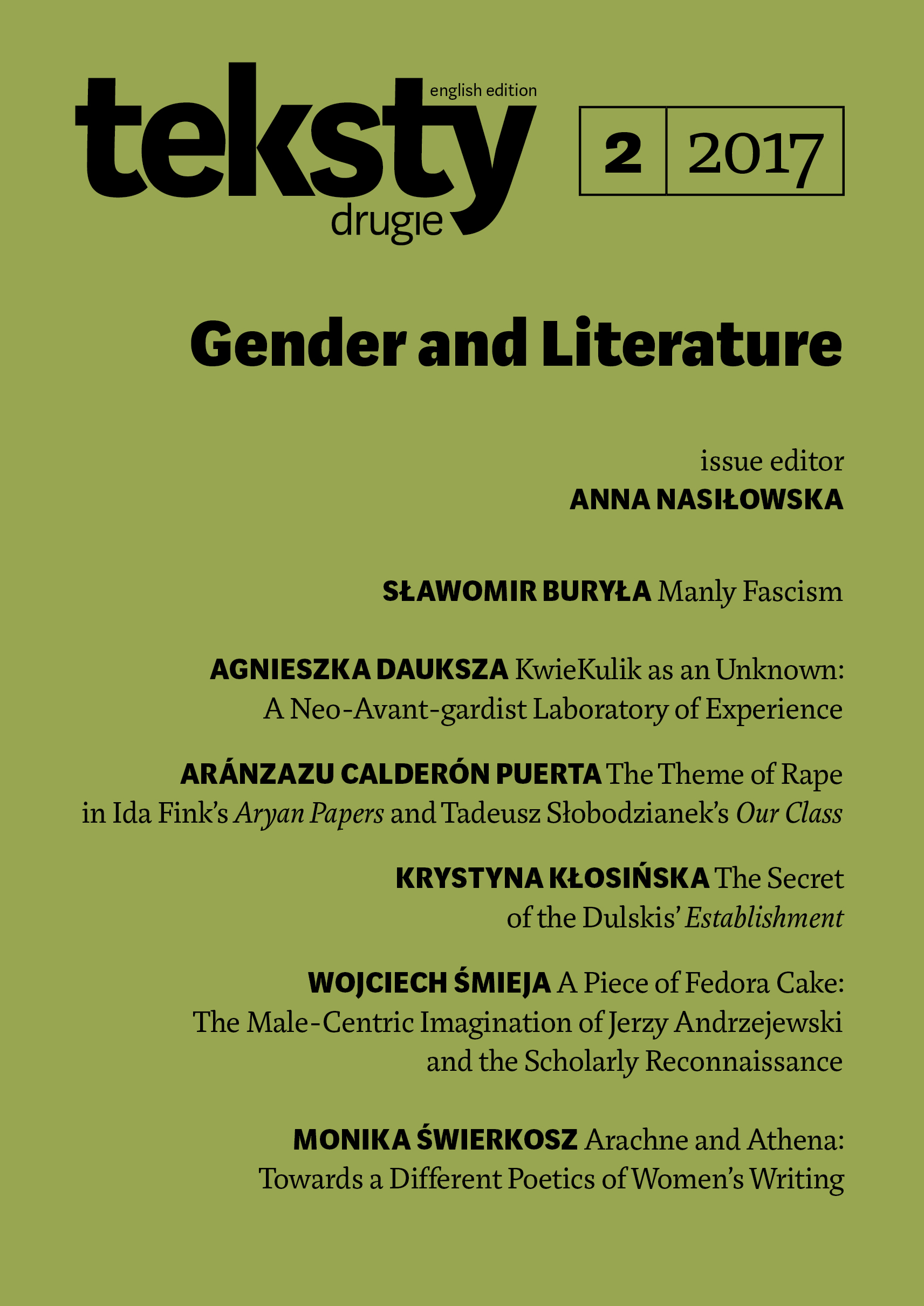
Buryła discusses how fascism relates to the concept of masculinity in popular and stereotypical representations of fascism and of the Nazi torturer. He also analyses the ways in which the executioner is erotized in film and literature. Finally, he explores the sources and dimensions of the Nazis’ fascination with masculinity – a fascination that led to the male’s dominant position in Hitler’s ideology.
More...